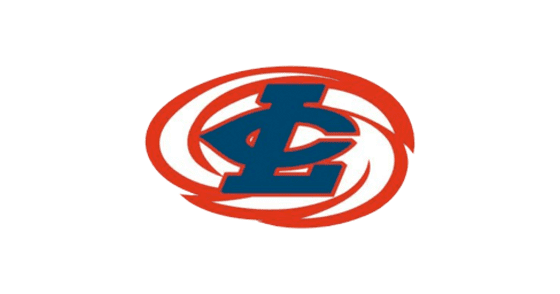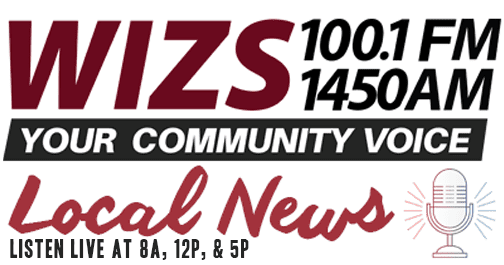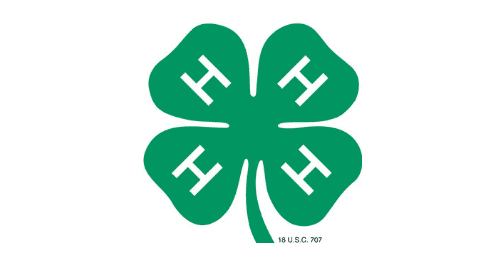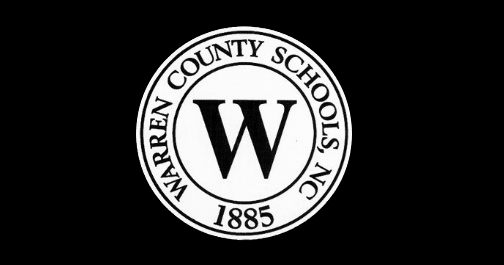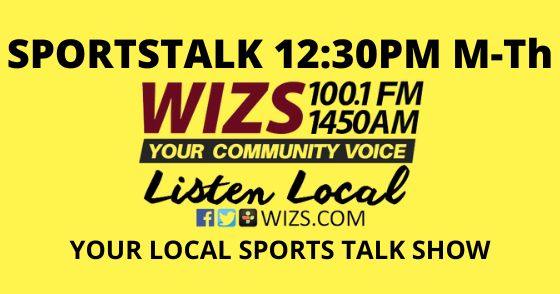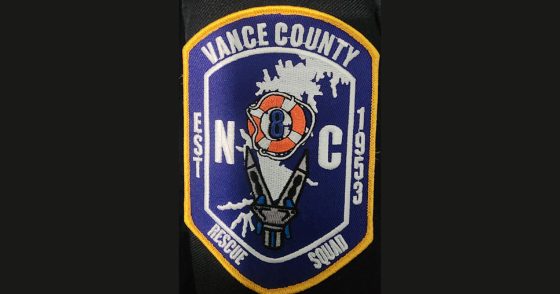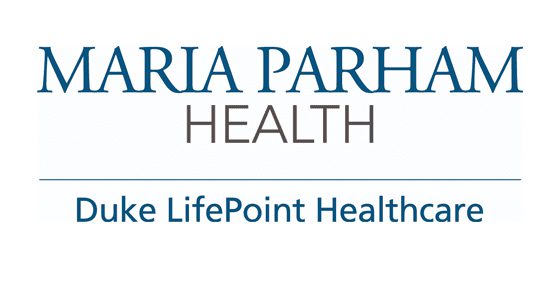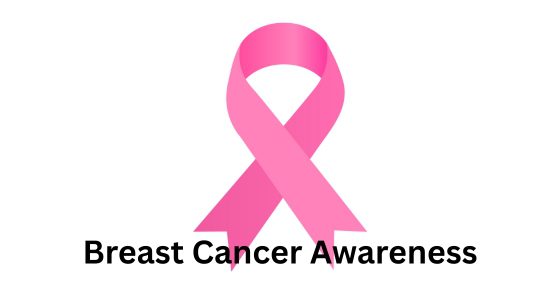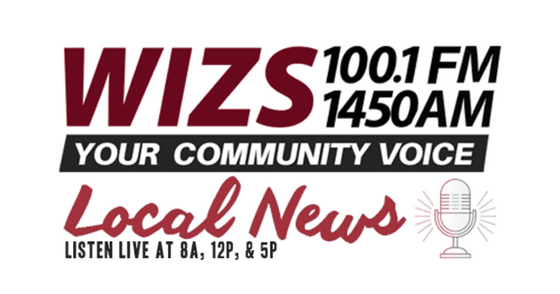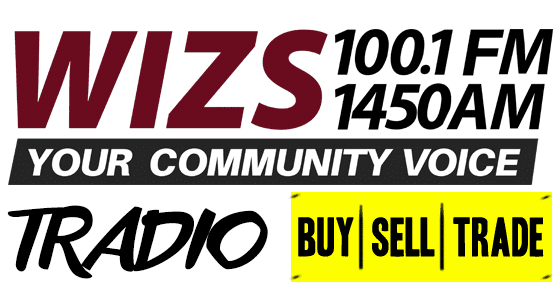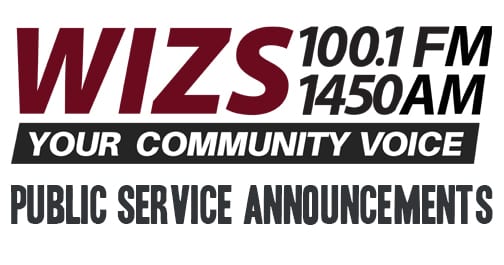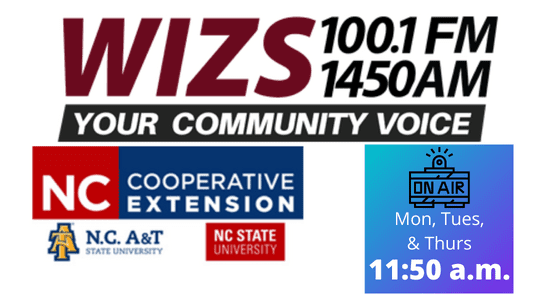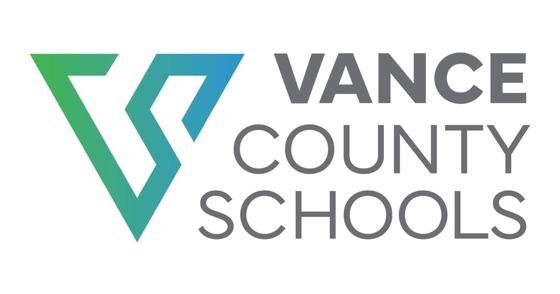The road to recovery from addiction does not look the same for everyone, but it’s only natural for people to think that what is working for them is what is best for others, too.
Twelve-step programs like AA and NA, and faith-based programs that focus on celebrating recovery are just a couple of paths that get a lot of attention – and publicity.
But there’s a stigma attached to programs that prescribe medications to help addicts kick the habit of using street drugs like heroin and Fentanyl.
It’s a stigma felt not only by patients, but also by the professionals that work in clinics like Vance Recovery, which uses the MOUD method to help people on their own path to recovery.
MOUD stands for Medications to Treat Opioid Use Disorder, and Vance Recovery’s Program Director John Mattocks said he would love for people plagued by addiction to be encouraged and celebrated for choosing the MOUD approach instead of it being a last resort.
“When someone walks through our doors, they’re desperate,” he said.
Vance Recovery is one of nine – soon to be 11 – clinics owned and operated by Dr. Eric Morse, a national leader in nationally acclaimed leader in the field of opioid treatment and recovery programs.
“Stigma is definitely the number one thing,” Morse said, adding that whatever path works is fine. But because everyone’s brain works differently, one specific recovery program doesn’t fit all addicts.
Using prescribed medications to help lift a patient from the grip of addiction can be an effective method, and the staff at Vance Recovery is dedicated to helping patients navigate the recovery process.
The process could take a couple of years, Morse said, for a patient to gain sobriety from their preferred substance. And then, after a year of being sober – through holidays and other events that could be triggers for using again – only then will a gradual taper of the substitute prescribed meds begin for another six months to a year.
There are ways to earn take-home meds so patients aren’t making daily trips to the center, he added.
“The medical evidence is so strong for MOUD,” Morse said. “I really feel passionate about ending the discrimination of patients who are following that protocol…I really want to see us respect the medical evidence, respect the science, the research and open up the doors for people to get life-saving medicine.”
Opening doors is literally what Vance Recovery is getting ready to do when it opens a larger facility next month at 932 W.Andrews Ave., in the space formerly occupied by Fastenal.
“I could see us doubling the number of people,” Mattocks said. Although still awaiting some final inspections, staff is planning an Open House on Oct. 10.
Methadone, naltrexone and buprenorphine are the most commonly used drugs to help addicts in recovery.
Patients using these types of medicines, Morse said, are much less likely to die of a subsequent opioid overdose, while making it much more likely that they will stop using the street drugs and stay on their path to recovery.
“You can’t recover if you’re dead,” he said.
The MOUD approach helps “keep them alive so that they can recover.”
Vance Recovery takes steps to educate addicts and their families about the various options available to them, from program specifics to navigating insurance and how to stay on the program if circumstances change.
Katie Lee is a registered nurse who works with patients at Vance Recovery. Lee said she sees people at their worst when they are in the beginning of their program, but she also sees them at their best.
“I’m so proud to work here and be a part of this team,” Lee said.
Staff at Vance Recovery are part of a substance abuse collaborative group that meets monthly to find solutions to the challenges that surround recovery and figure out ways to “reduce barriers and make it easier for people to get into treatment, Mattocks said.
“The pain of this disease is driving change.”
Visit https://www.morseclinics.com/locations/vance-recovery to learn more.
(This post, audio and radio program not a paid ad.)
Click Play!

